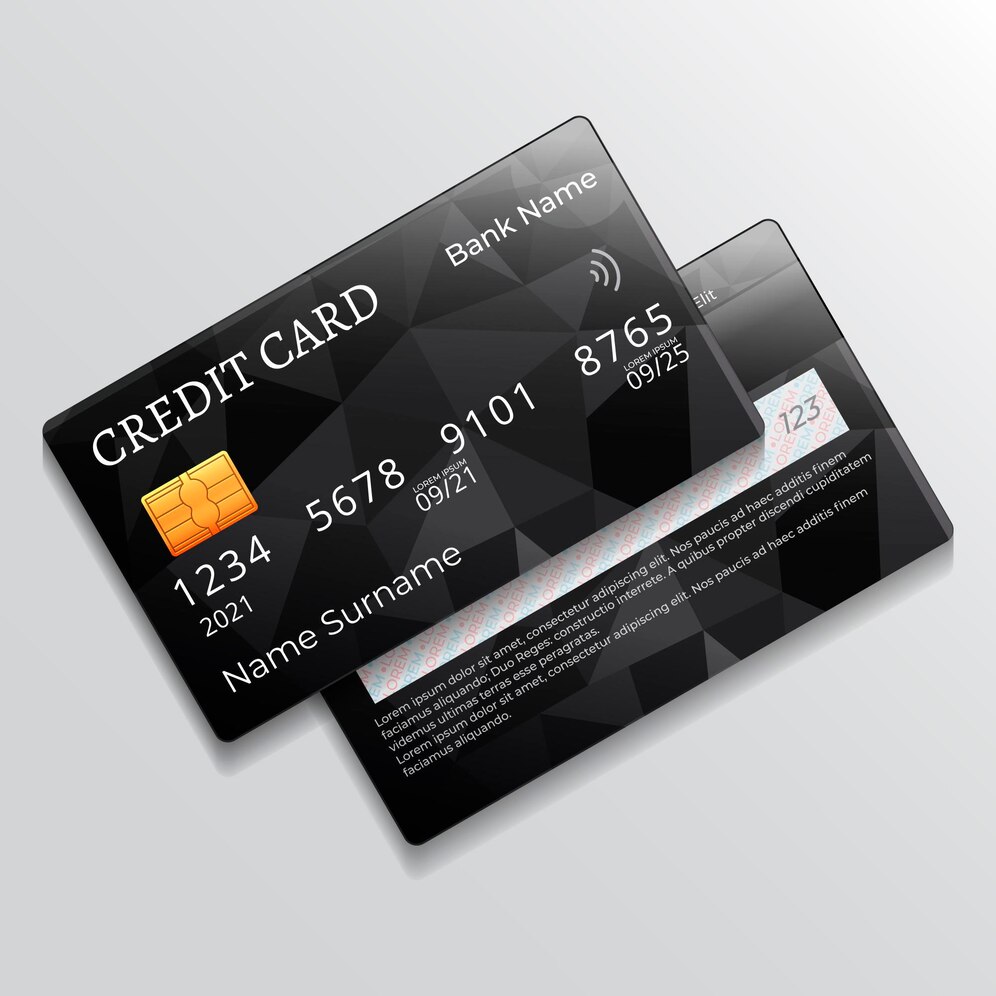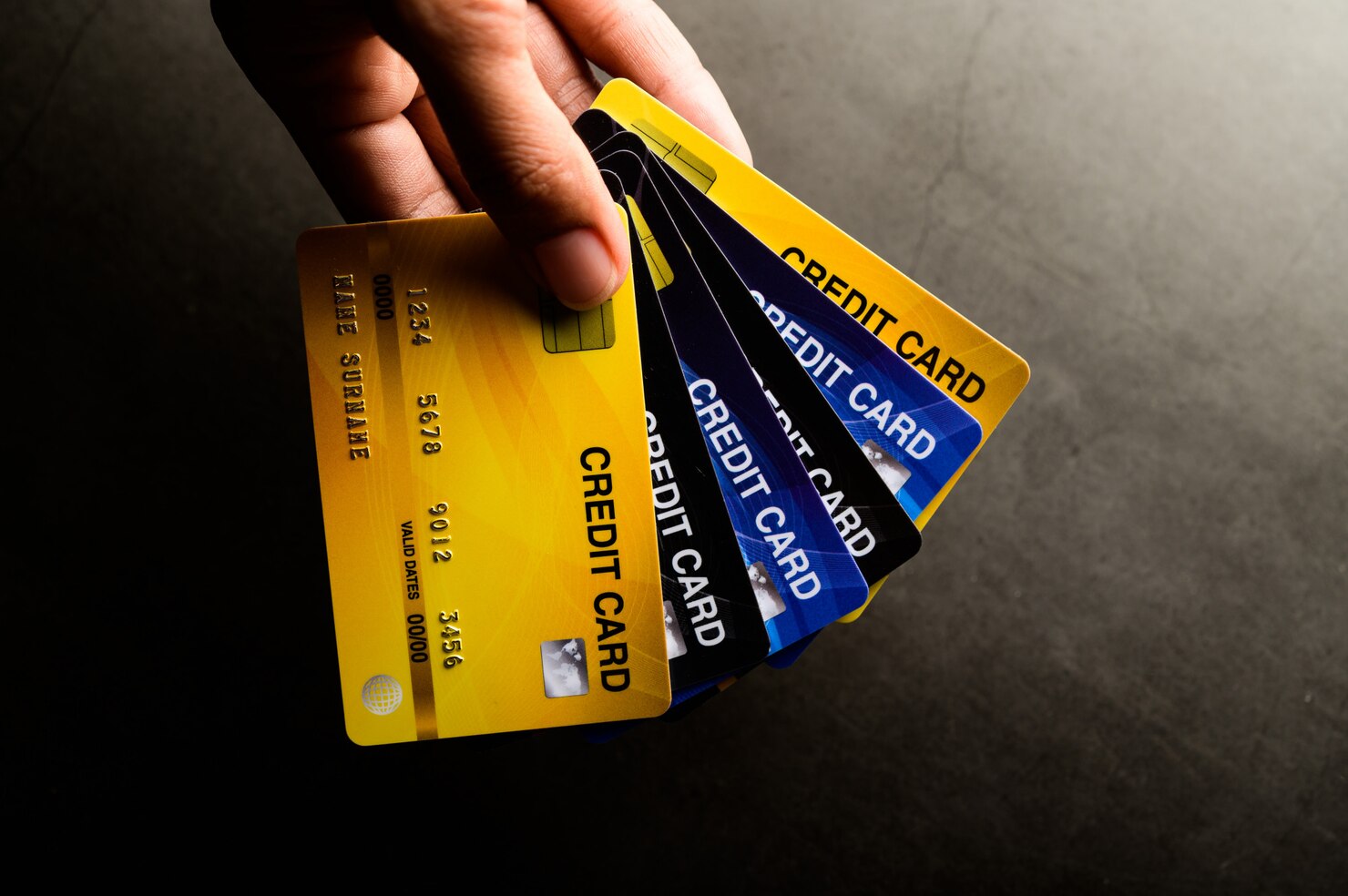Introduction
Anúncios
Credit cards can be a convenient tool for managing finances, but they come with a hidden cost: interest. Many people find themselves paying significant amounts in interest charges simply because they don’t fully understand how it works. In this article, we’ll break down the basics of credit card interest, explore how it’s calculated, and provide strategies to minimize or avoid these fees altogether.
What Is Credit Card Interest?
Credit card interest is the cost of borrowing money when you don’t pay off your balance in full each billing cycle. The interest rate is expressed as an Annual Percentage Rate (APR), which can vary depending on the card issuer and your creditworthiness. When you carry a balance from one month to the next, interest is added to the amount you owe, making it more expensive to pay off over time.
Anúncios
Types of APR
- Purchase APR: The most common type of APR, this is the interest rate applied to any purchases you make with your credit card if you don’t pay off the balance in full by the due date.
- Balance Transfer APR: Some credit cards offer balance transfers, which allow you to move debt from one card to another. The balance transfer APR is the interest rate applied to the amount you transfer.
- Cash Advance APR: This is the interest charged when you withdraw cash using your credit card. Cash advances often have a higher APR than regular purchases and typically don’t have a grace period, meaning interest starts accruing immediately.
- Penalty APR: If you miss a payment or violate the card’s terms, a penalty APR may be applied. This is typically higher than the standard APR and can remain in effect for several months or even permanently.
Grace Period
Most credit cards offer a grace period, which is the time between the end of your billing cycle and your payment due date. During this period, you won’t be charged interest if you pay your balance in full. However, if you only make a partial payment, interest will start accruing on the remaining balance.
How Credit Card Interest Is Calculated
Credit card interest is calculated based on the Average Daily Balance method, which considers how much you owe each day during the billing cycle. Here’s a step-by-step breakdown of how it works:
Anúncios
- Determine the Daily Periodic Rate (DPR): The DPR is your APR divided by 365 days. For example, if your APR is 18%, your DPR would be 0.0493% (18% ÷ 365 = 0.0493%).
- Calculate the Average Daily Balance: Add up your balance at the end of each day during the billing cycle, then divide the total by the number of days in the cycle. This gives you the average balance on which interest will be charged.
- Multiply the DPR by the Average Daily Balance: Finally, multiply your DPR by your average daily balance and the number of days in the billing cycle. This will give you the interest charge for that period.
Example
Let’s say you have a credit card with a 20% APR, and your average daily balance for a 30-day billing cycle is $1,000. Here’s how your interest would be calculated:
- Daily Periodic Rate: 20% ÷ 365 = 0.0548%
- Interest for the month: $1,000 × 0.0548% × 30 = $16.44
In this case, you’d be charged $16.44 in interest for the billing cycle.
How to Avoid or Minimize Credit Card Interest
The good news is that it’s possible to avoid credit card interest altogether with responsible credit card usage. Here are several strategies to help you keep interest costs to a minimum:
1. Pay Your Balance in Full
The simplest way to avoid interest charges is to pay off your entire balance by the due date each month. By doing so, you take advantage of the grace period and ensure no interest accrues on your purchases. If you carry a balance from one month to the next, you’ll be charged interest on the unpaid amount.
2. Make Payments More Frequently
Instead of waiting until the due date to make a payment, consider making smaller payments throughout the month. This reduces your average daily balance and, as a result, the amount of interest you’re charged. Even if you can’t pay off the entire balance, reducing it early can save you money in the long run.
3. Use a 0% APR Credit Card
Many credit cards offer promotional 0% APR periods on purchases or balance transfers, typically lasting between 12 and 18 months. During this time, you won’t be charged interest on your balance. This can be an excellent option if you need to make a large purchase or consolidate debt, as long as you pay off the balance before the promotional period ends.
4. Avoid Cash Advances
Cash advances often come with higher APRs and no grace period, meaning you’ll start accruing interest immediately. Additionally, many credit cards charge cash advance fees, making it an expensive way to access money. If possible, avoid using your credit card for cash advances.
5. Monitor Your Credit Utilization Ratio
Your credit utilization ratio is the percentage of your available credit that you’re using. A lower utilization ratio can help improve your credit score, which in turn may qualify you for lower interest rates on future credit cards. Try to keep your credit utilization below 30% to maintain a healthy score.
6. Negotiate a Lower Interest Rate
If you’ve been a loyal customer and have a good payment history, consider contacting your credit card issuer to request a lower APR. While not guaranteed, many issuers are willing to lower interest rates for responsible cardholders, especially if you have a strong credit score.
7. Pay More Than the Minimum
Paying only the minimum amount due each month can lead to substantial interest charges over time. By paying more than the minimum, you’ll reduce your balance faster, which means less interest accrues. Even an extra payment of $50 to $100 can make a significant difference in reducing interest costs.
The Risks of Carrying a Balance
Carrying a balance on your credit card can be a slippery slope, especially if you’re only making the minimum payment. Here’s why it’s important to avoid carrying a balance whenever possible:
1. Debt Accumulation
Credit card debt can quickly snowball, especially with high-interest rates. As interest compounds, your balance grows, making it harder to pay off over time. Carrying a balance for several months or years can result in paying hundreds or even thousands of dollars in interest.
2. Credit Score Impact
Carrying a high balance can negatively affect your credit utilization ratio, which is a key factor in determining your credit score. A higher credit utilization ratio (i.e., using a large percentage of your available credit) can lower your credit score, making it harder to qualify for loans, mortgages, or lower-interest credit cards.
3. Financial Stress
Accumulating debt can cause financial stress and limit your ability to save for other goals, such as retirement or purchasing a home. It’s important to maintain a healthy balance between using credit for convenience and ensuring that it doesn’t lead to long-term financial strain.
Conclusion
Credit card interest is a cost that can add up quickly if you don’t manage your credit card usage carefully. By understanding how interest is calculated and implementing strategies like paying off your balance in full, using 0% APR offers, and making more than the minimum payment, you can significantly reduce or even avoid interest charges. Responsible credit card usage not only helps you save money in the short term but also protects your long-term financial health by keeping debt under control and maintaining a strong credit score.


